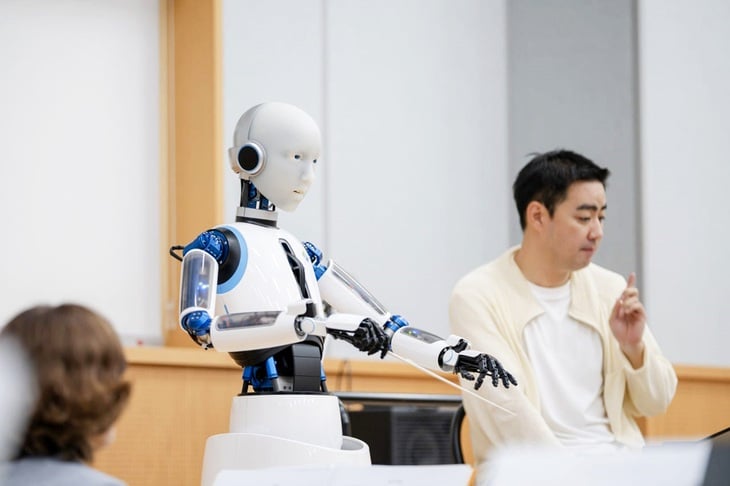
According to the International Federation of Robotics, South Korea will be the world leader in industrial robot density in 2023, with about 1,000 robots per 10,000 workers, far surpassing the US and China - Photo: TECH JOURNAL
Hyundai’s $1.1 billion investment in an 80% stake in Boston Dynamics in 2021 was more than just a bold move. Four years later, it has become a strategic springboard for South Korea to be at the forefront of the global robotics wave, as the country’s industrial giants ramp up their investments in the field.
Race of big corporations
Hyundai Group is currently finalizing two key product lines: the Spot dog-shaped robot for industrial monitoring and the Atlas humanoid robot, with the goal of bringing AI-controlled versions to market by 2028.
According to information published in mid-June this year by Forbes magazine, this group has officially put X-ble mechanical support devices into practical application from the end of 2024.
Most notably, the X-ble Shoulder version has undergone testing with 300 workers and proven to be significantly effective in reducing shoulder pressure by more than 30% when lifting heavy auto parts.
In addition to industrial applications, Hyundai has also expanded into medicine with the X-ble MEX exoskeleton that supports motor recovery, operating on a passive torque spring mechanism without the need for an external power source.
Meanwhile, Doosan Robotics has made its mark with the successful commercialization of its Cobot collaborative robots, widely used in welding, grinding, packaging, frying food, and transporting luggage. LG Electronics has deployed its CLOi mobile service robot in hotels and medical centers, and introduced the Q9 home robot, which can see, hear, speak, and tell stories to children.
Samsung Electronics also increased its presence in December 2024 when it became the largest shareholder of Rainbow Robotics - a company founded in 2011 by a research team from the Korea Advanced Institute of Science and Technology - after purchasing an additional stake worth 267 billion won (about 186 million USD).
National level strategy
The wave of robot investment is not limited to individual corporate efforts but is also part of a national program. Faced with global competition in AI and humanoid robots, South Korea established the K-Humanoid Alliance in April as a strategic response.
This initiative brings together more than 40 public-private organizations, aiming to develop a foundational AI model that will act as a common brain for future generations of robots, and build a complete humanoid robot technology ecosystem by 2030.
At the launch ceremony of the K-Humanoid Alliance, Industry Minister Ahn Duk-geun emphasized that humanoid robots are a strategic industry with the potential to grow 25 times over the next 10 years. He affirmed that this will be the factor that determines the core competitiveness of the Korean manufacturing industry, pledging that the government will provide all necessary support.
With the world's lowest birth rate (less than 1%) and a rapidly aging population, robots are seen as an essential tool for South Korea to maintain its workforce. The country's $1.7 trillion economy is showing signs of slowing down, with GDP falling 0.2% in the first quarter of 2025, and the Korea Development Institute predicting full-year growth of only 0.8%.
Against this backdrop, the government of new President Lee Jae Myung has announced a 30 trillion won (about 22 billion USD) technology support package to promote technological reform, support businesses and stabilize the economy.
Challenges Ahead
An analysis report in Tech Journal on June 27 stated that the development of robots in Korea still faces many challenges. High investment costs and technical barriers make large-scale deployment difficult, especially for small and medium-sized enterprises.
As robotic systems become increasingly autonomous, regulatory issues and safety standards have emerged as top priorities. This requires close coordination between governments, businesses and regulatory agencies to ensure the safe and effective implementation of robotics.
Source: https://tuoitre.vn/han-quoc-phat-trien-robot-giai-bai-toan-dan-so-gia-20250630061616185.htm


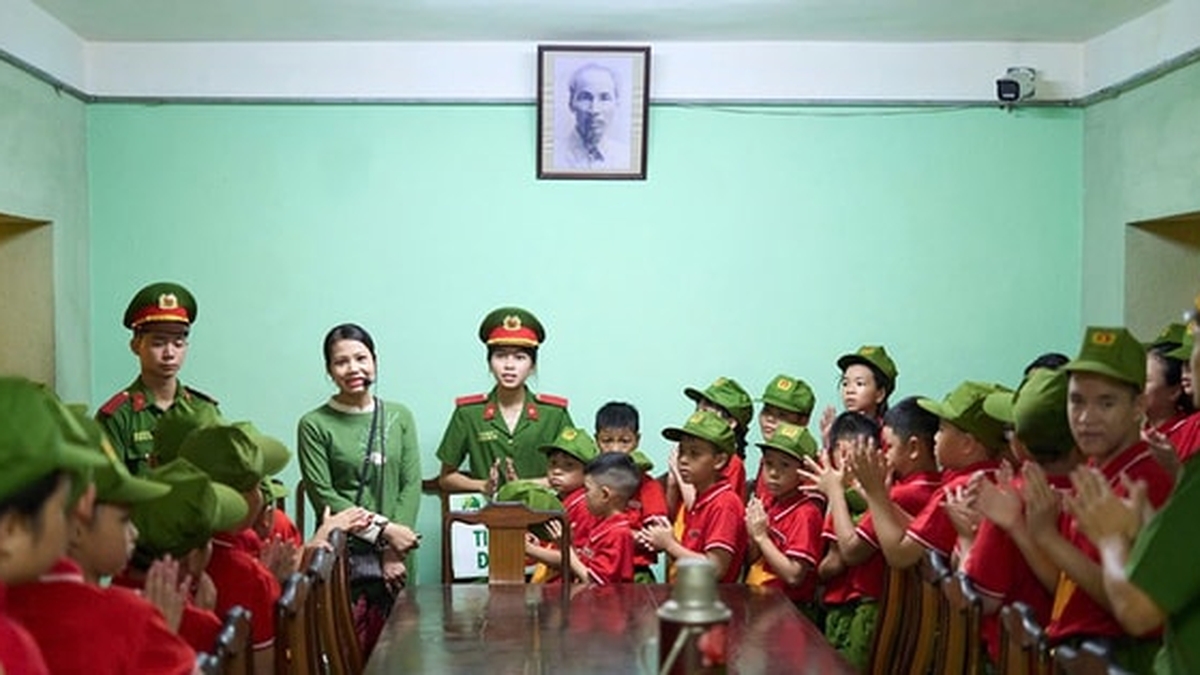

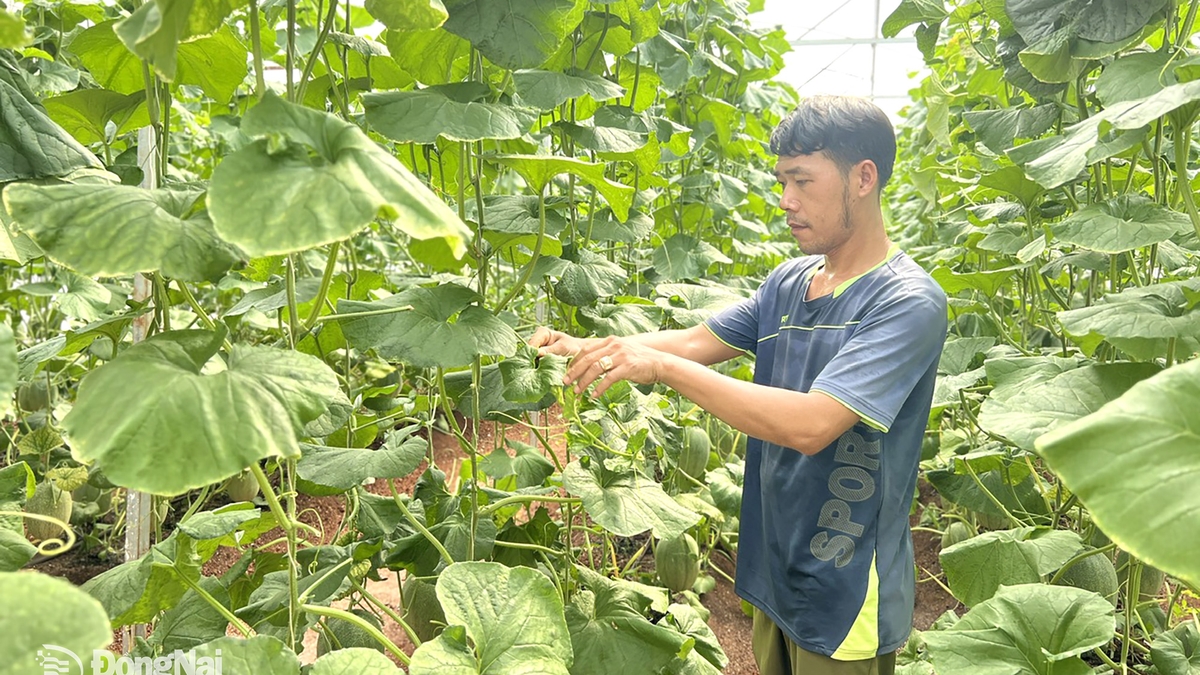
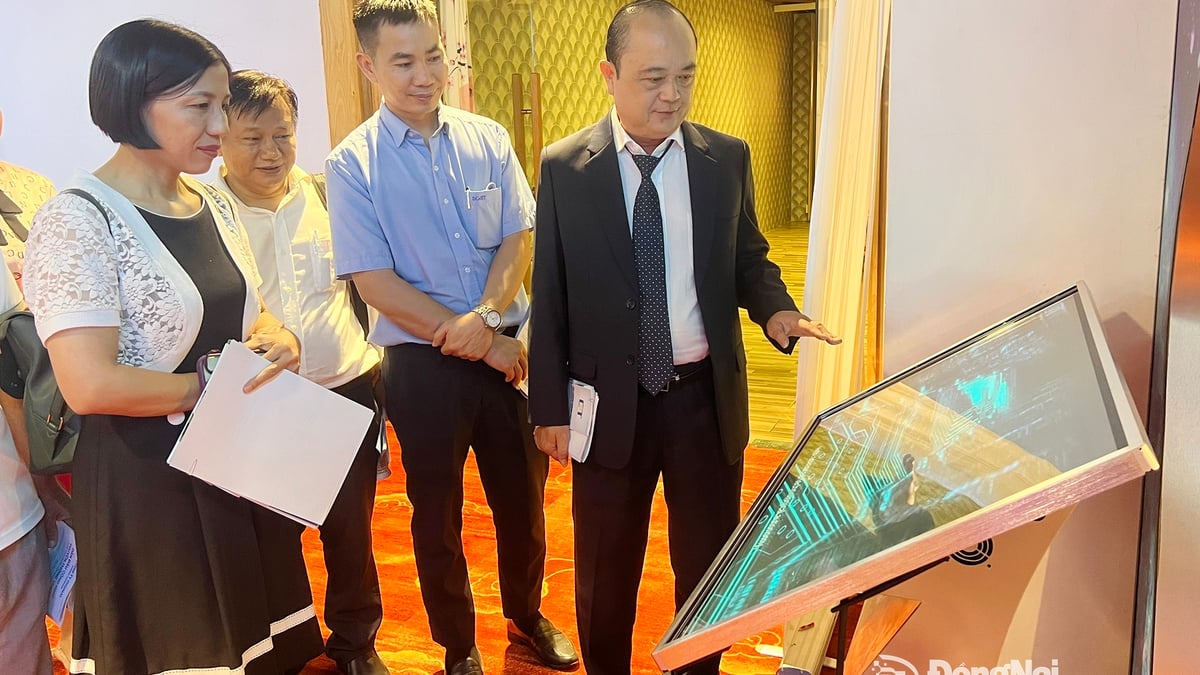

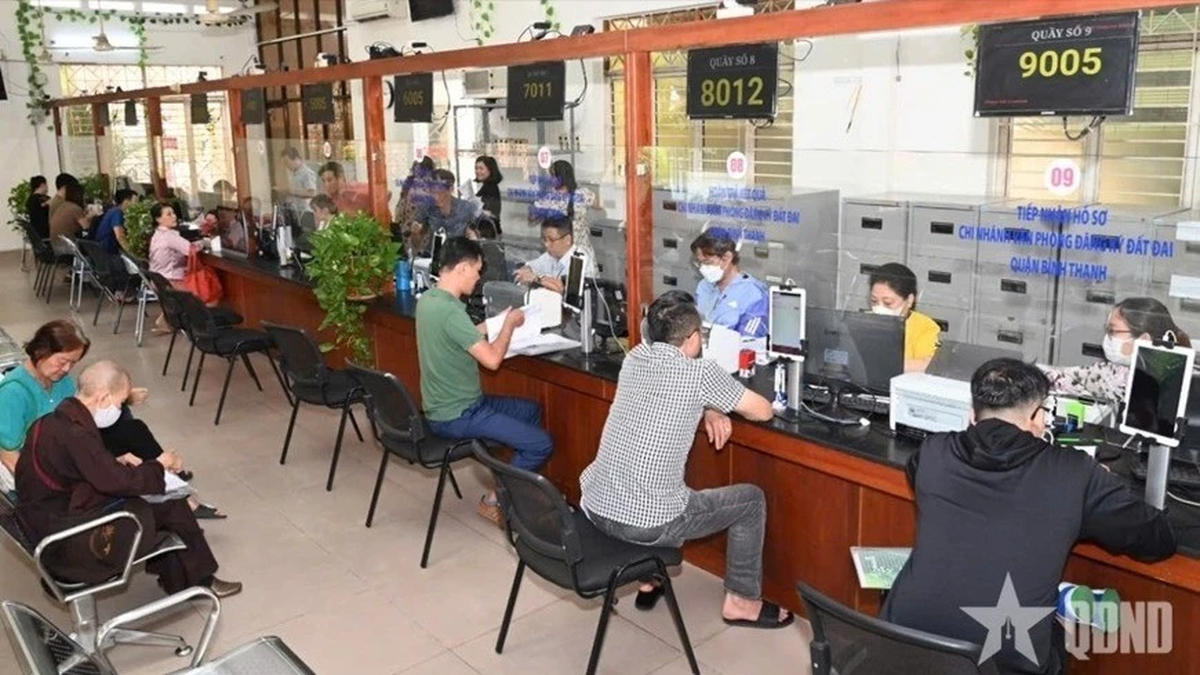

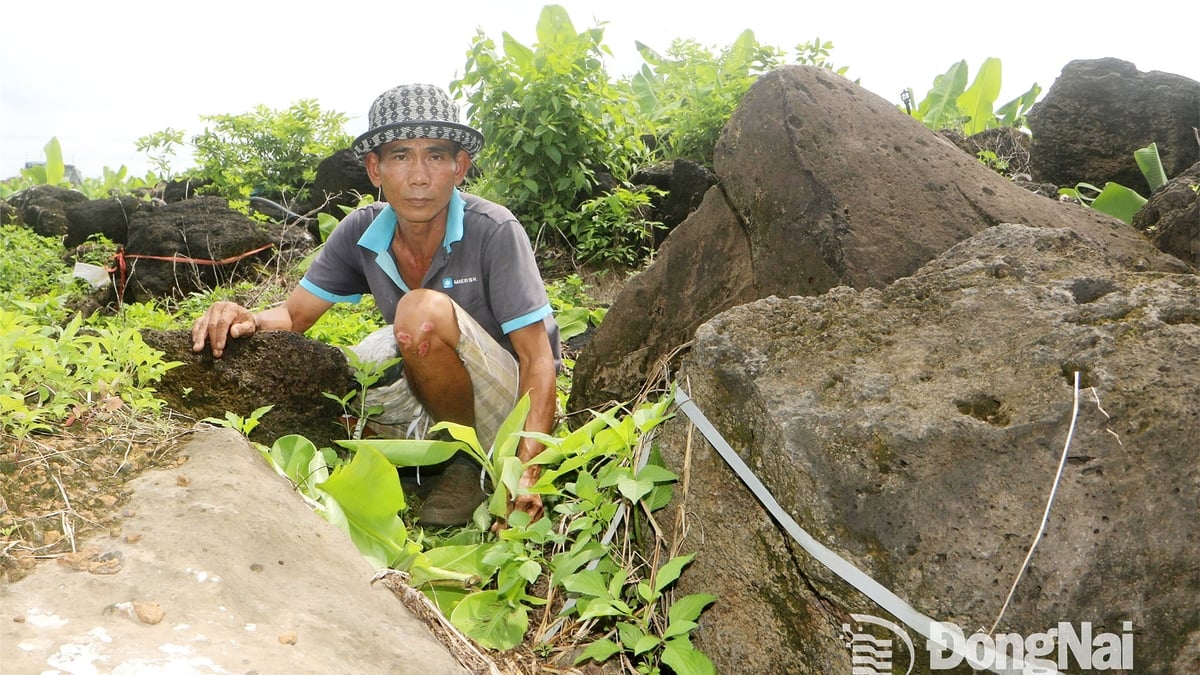
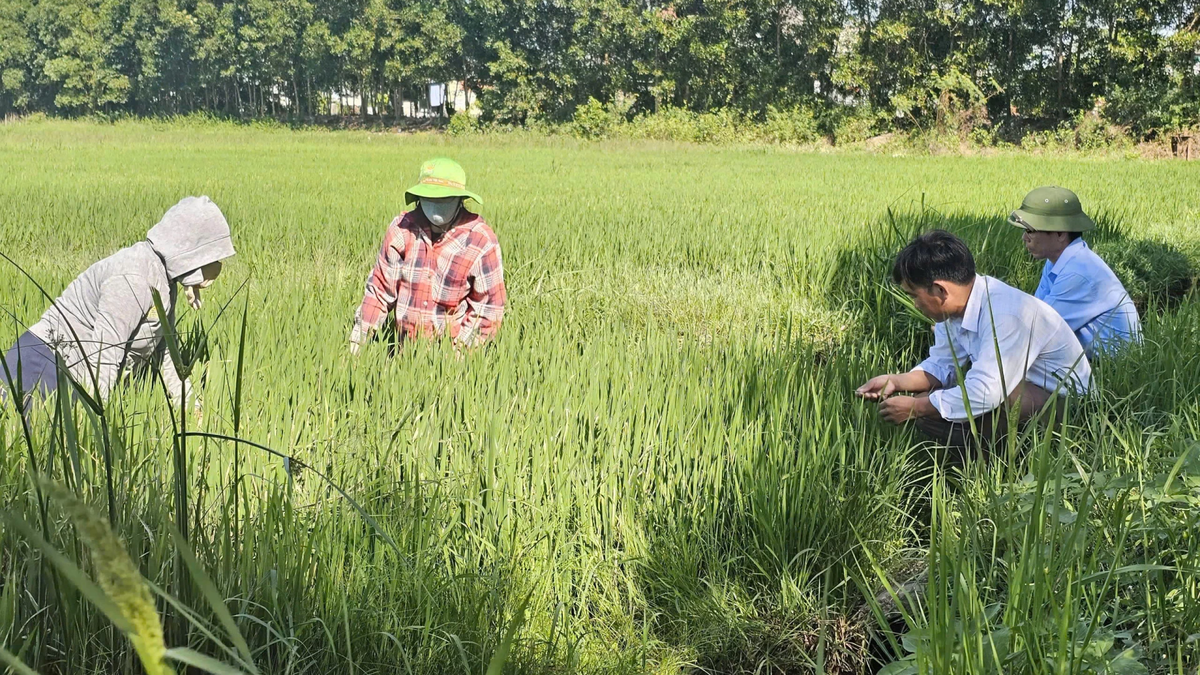











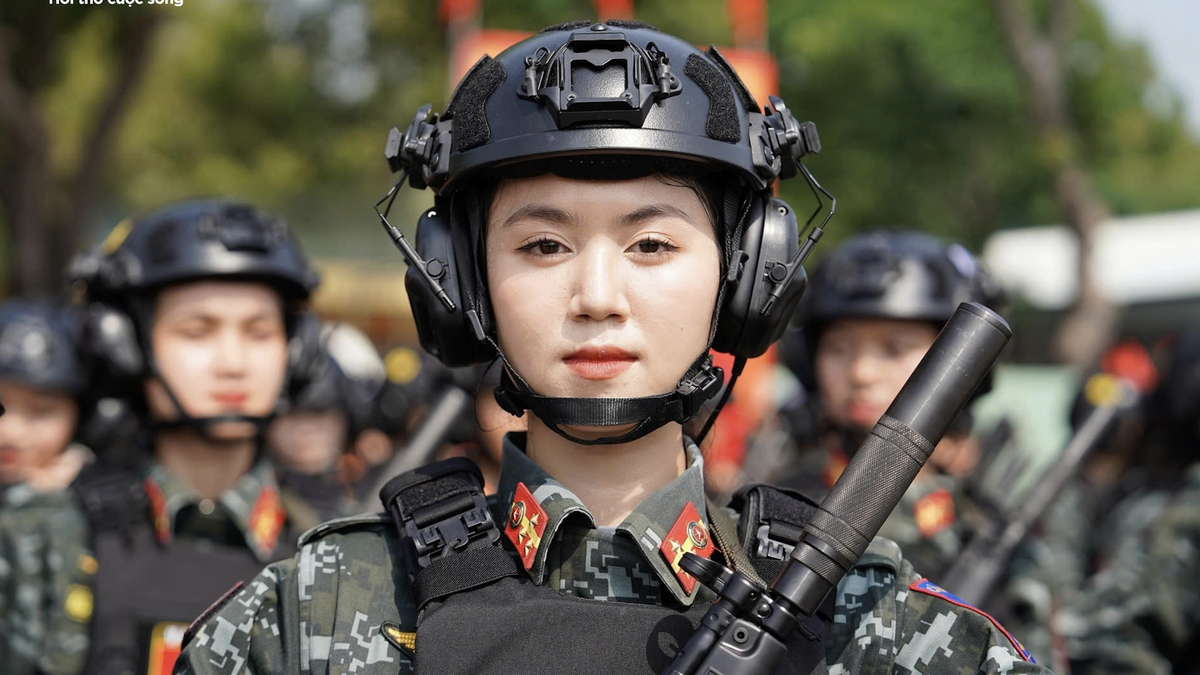
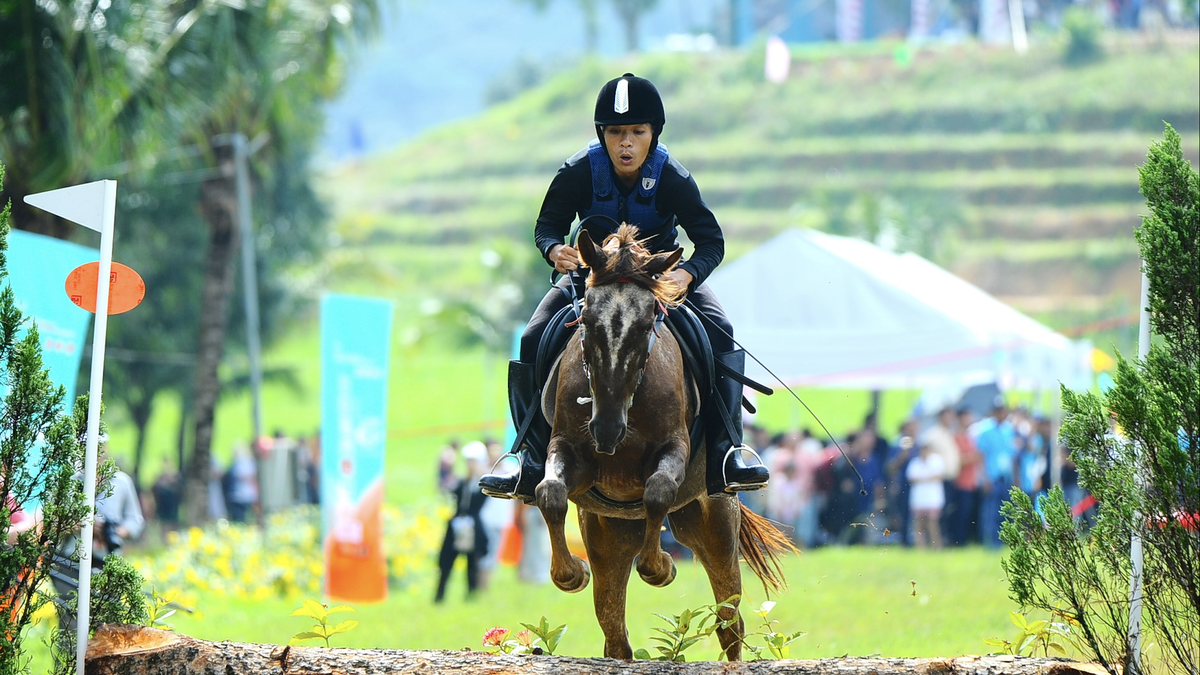



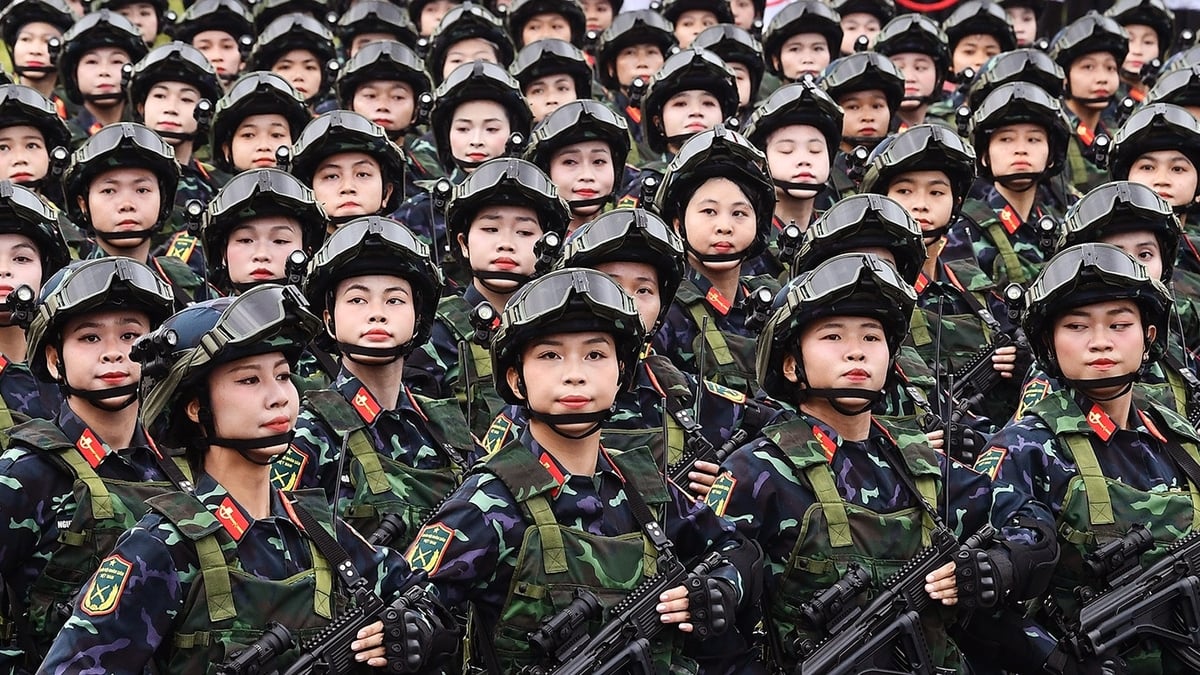




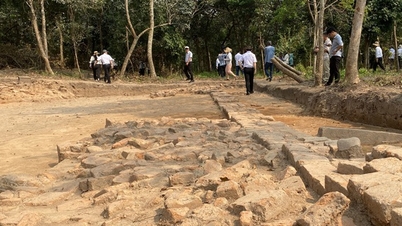













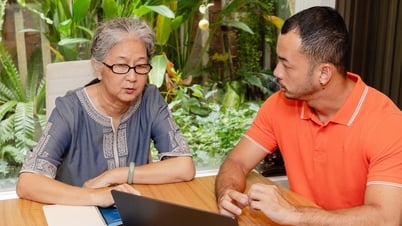
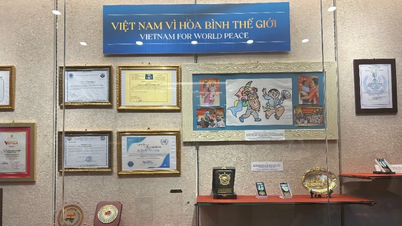



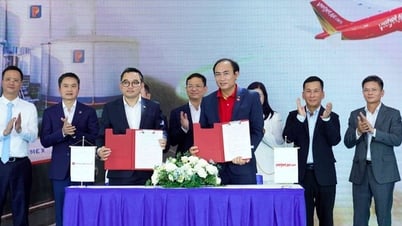


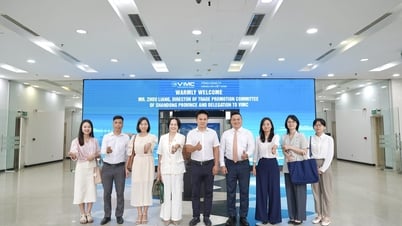

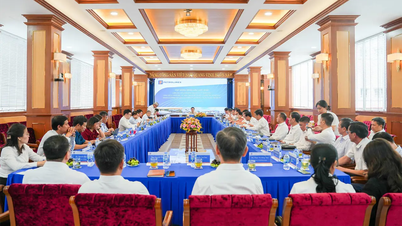






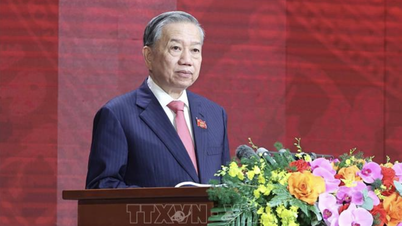



![[Photo] Party and State leaders visit President Ho Chi Minh's Mausoleum and offer incense to commemorate Heroes and Martyrs](https://vphoto.vietnam.vn/thumb/402x226/vietnam/resource/IMAGE/2025/8/17/ca4f4b61522f4945b3715b12ee1ac46c)





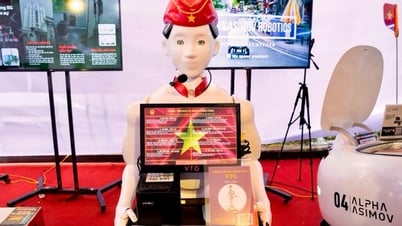
























Comment (0)